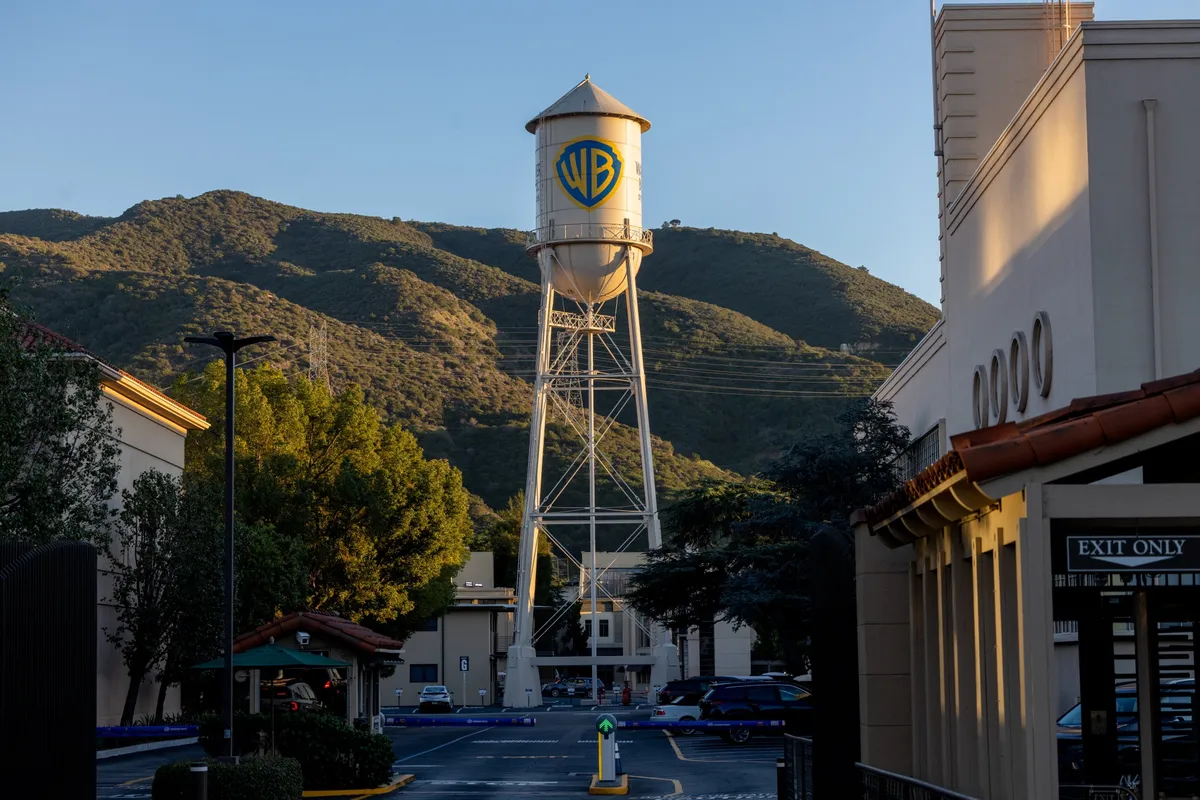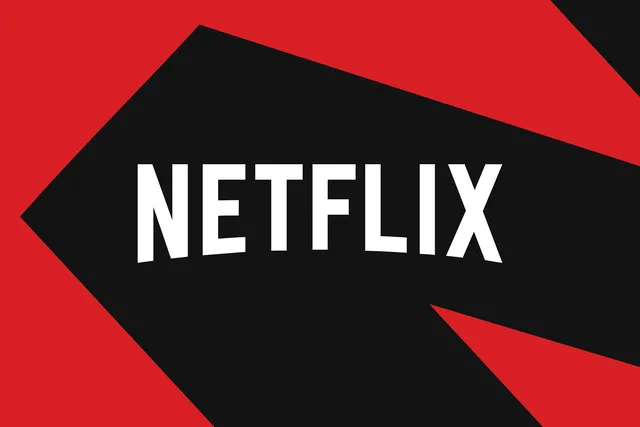
This article is more than
2 year old
This last weekend I was sitting in a hotel room in Memphis, staring out at the parking lot turned ice skating rink, wanting to just have a couple of hours with my brain turned off. I opened Netflix hoping to find a movie that would give me an evening’s respite. Scrolling down to the top 10, I was met with a who’s who of the 2010s and 2020s. Cowboy & Aliens, the 2011 flop with a great cast, was on the list. Queenpins, the 2021 flop with a great cast, was also there. At the top of the list was The Legend of Tarzan, a 2016 flop with a great cast. Rounding out the top 10 was a Sylvester Stallone flick from 2019 and a handful of new releases I’d heard nothing about until I saw them in the top 10 list.
In a highly competitive streaming market where every streaming service is fighting for your limited dollars, it feels like a not great thing that Netflix’s top 10 list could be mistaken for the lineup at TNT. But it also feels like that might be Netflix’s plan. Just today, it announced it was going to be the new official home of one of basic cable’s crown jewels: WWE Monday Night Raw. And yesterday, the company announced the departure of Scott Stuber, who oversaw Netflix film’s three consecutive years as the most nominated film studio at the Academy Awards.
Netflix’s days of chasing prestige might be rapidly coming to an end with this sharp reversal of the streaming golden age replaced by something akin to Spike TV circa 2005. Or USA Network circa 2011. That isn’t necessarily a bad thing. Both networks were good at putting entertaining old films and TV shows in front of me and capturing programming successes with WWE, US dubs of popular and outrageous game shows from overseas, and Suits.
The problem is those are just also kind of Netflix’s streaming strategy in 2024 when the economics of streaming are still in flux and, thus far, pretty different from cable. (Although Suits has had such a popular run at Netflix that USA is now pivoting back to making that kind of content, too). Netflix’s rapidly growing ad business will likely cover the cost of WWE rights. “This should add some fuel to our new and growing ad business,” Netflix co-CEO Ted Sarandos said in an earnings call after the announcement. But, if it doesn’t, then spending $5 billion to secure the rights for WWE Monday Night Raw for the next ten years means Netflix subscribers could see another price hike in their future — whether they like wrestling or not.
This all also seems to confirm an issue I’ve been noticing with Netflix for a while now. It’s got a programming problem. In its bid to be the best streamer, it didn’t focus on specific audiences as most other streamers did. Instead, Netflix has tried to reach every audience. First with originals, and now by just buying up the streaming rights to things. So it's got whatever this long-delayed and troubled adaptation of Avatar: The Last Airbender is, but also Young Sheldon and Suits, and a wealth of foreign language programming.
Netflix’s programming strategy currently seems to revolve around putting established successes from other companies out there and hoping no one notices that Netflix isn’t doing a lot of really good originals of its own. During that earnings call, Sarandos noted that licensed content was a better deal when running an advertising business — before quickly noting that the service’s most-watched shows continued to primarily be originals (a few K-dramas like the excellent Crash Course in Romance also cracked the top 20).
When you’re as big as Netflix, leaning on much cheaper licensed content isn’t a bad strategy. You make money spending less on it than your originals, the place you’re buying from gets to have it on their service, too, and everyone looks nice and friendly and competitive in case the FTC comes around.
But prices are rising. Netflix currently costs $6.99 for two screens, 1080p, and ads, and a whopping $15.49 for two screens and no ads. If there’s a choice between spending that on Netflix’s giant grab bag of stuff and Apple TV’s pretty pristine library of well-made science fiction shows... a science fiction nerd might go with Apple TV as it’s just $9.99. Or they might go with Amazon, because they get Thursday Night Football and Prime TV is included with Amazon Prime; or Disney because they have children and it starts at $7.99 with ads, but costs just $13.99 for no ads; or Paramount Plus because they have lingering fantasies of being a cowboy and want to spend only $11.99.
Eventually, this strategy of Netflix’s — to rely on its size, content bought from other streamers, and a graveyard of prematurely canceled originals — could struggle. If it continues to be the priciest platform with fewer exclusives, people may just move elsewhere. But maybe Roman Reigns (and the new WWE deal) can prop up the whole enterprise on his exceptional shoulders. It worked for plenty of basic cable channels until streaming came along.